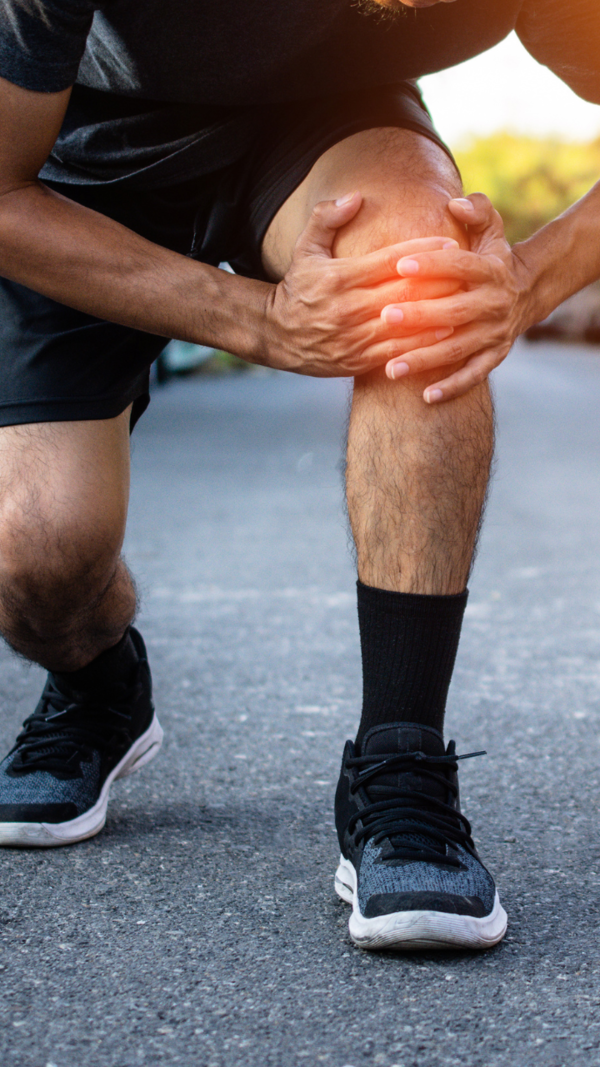Trending
US H-1B Visa lottery 2026: Record low entries, major reforms, and key takeaways
The FY 2026 H-1B visa lottery saw a significant drop in registrations, with major reforms ensuring a beneficiary-focused selection process. The selection rate rose to nearly 40%, partly due to a reduction in total registrations and higher submission fees intended to deter frivolous applications.
The FY 2026 H-1B visa lottery witnessed a significant decrease in registrations. According to reports, the total number of applicants was approximately 442,000, roughly the same as FY 2024 (446,000). However, the number of valid registrations has already declined significantly in recent years, dropping from 758,994 in FY 2024 to 470,342 in FY 2025—a decrease of 38.6%.
Major selection reforms
Read more: Denied entry, deported, and more: How US entry policies are driving tourists away
Key takeaways

Steps for selected beneficiaries: Employers with selected beneficiaries have been notified and can begin filing H-1B cap-subject petitions starting April 1, 2025. The filing period will last at least 90 days, during which petitioners must submit the necessary documentation to establish eligibility.
See more: H-1B Visa emergency guide: What to do if you are facing travel-related crises
Trends and policy shifts
The denial rates for new H-1B petitions were comparatively constant from Fiscal Year (FY) 2015 to FY 2017: 4% in FY 2015, 6% in FY 2017, and 7% in FY 2017. The 15% uptick in denials in FY 2018 was primarily driven by the Trump administration’s stricter immigration rules, such as tightening the criteria for “specialty occupations” and curbing third-party placements of H-1B workers.
Read more: Myanmar earthquake updates: Historic sites damaged, travel disruptions continue
Recent developments

The trend persisted into FY 2024, when the initial employment petition denial rate was 2.5%. Interestingly, the denial rate for continuing employment petitions (extensions for current employees) fell to 1.8% in FY 2024 from 12% in FY 2018 and FY 2019, marking a historic low. This improvement is attributed to policy changes and a more predictable approval process for employers. The shift also reflects a broader effort to streamline immigration processes.
Influence of employer size and legal representation
Distribution of H-1B approvals
End of Article
Follow Us On Social Media
Visual Stories
Tired of too many ads?go ad free now









